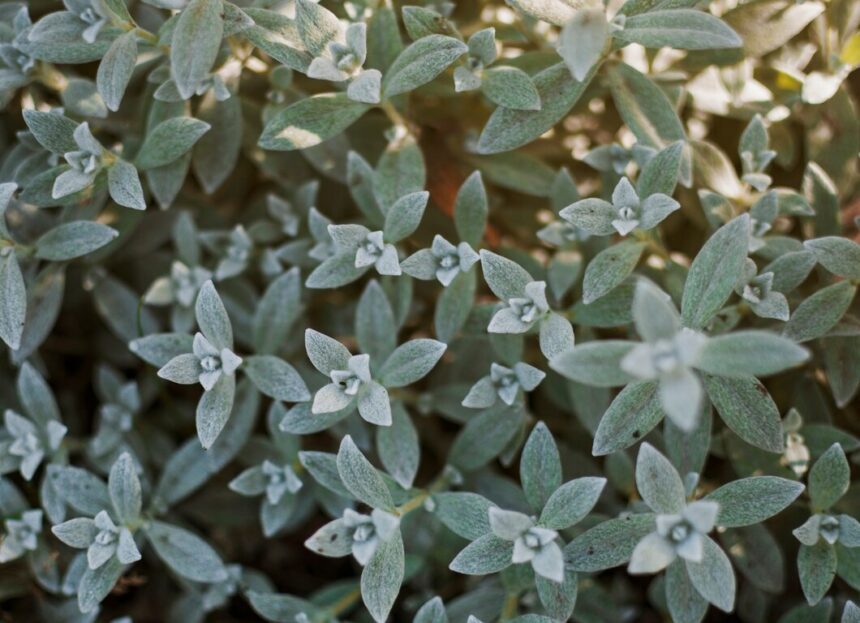Root rot is a common issue for sage and other plants, often caused by overwatering and poor drainage. Catching root rot early can save your sage plant from significant damage. Here are ten early signs that your sage may be affected by root rot.
1. Wilting Leaves
One of the first signs of root rot is wilting leaves, even if the soil is moist. This occurs because the roots are unable to absorb water and nutrients effectively.
2. Yellowing Leaves
If your sage’s leaves are turning yellow, it could be an indication that the roots are struggling. Yellow leaves suggest a lack of nutrients, which is often linked to root damage.
3. Stunted Growth
A healthy sage plant will grow vigorously. If you notice that your plant has stopped growing or is growing much slower than usual, root rot could be the culprit.
4. Brown or Black Roots
If you gently remove the plant from its pot and find brown or black, mushy roots, it’s a clear sign of root rot. Healthy roots should be white or light tan and firm.
5. Foul Odor
Root rot can produce a foul smell due to the decay of roots. If you notice a sour or rotten smell coming from the soil, it’s time to investigate.
6. Soft, Mushy Stems
The stems of the sage plant may become soft and mushy if root rot is present. This can also lead to stem collapse and overall plant deterioration.
7. Leaf Drop
If your sage starts losing leaves, especially lower leaves, it can be a sign that the roots are not healthy enough to support the plant.
8. Soil Appears Waterlogged
If the soil stays consistently wet and doesn’t drain well, it can lead to root rot. Check for waterlogged soil as an early indicator of root issues.
9. Increased Pest Activity
Plants suffering from root rot are often weaker and more susceptible to pests. If you notice an increase in pests like aphids or spider mites, it might be related to root health.
10. Slow Recovery from Stress
If your sage plant shows a slow recovery after stress (like pruning or transplanting), it could indicate underlying root issues. Healthy roots are essential for quick recovery and growth.
Monitoring your sage plant for these early signs of root rot can help you take action before the problem becomes severe. If you suspect root rot, consider repotting your plant in fresh, well-draining soil, and adjust your watering habits to prevent further issues. With timely intervention, your sage can bounce back and thrive.
Join 'Farmers Mag' WhatsApp Channel
Get the latest Farming news and tips delivered straight to your WhatsApp
CLICK HERE TO JOIN






